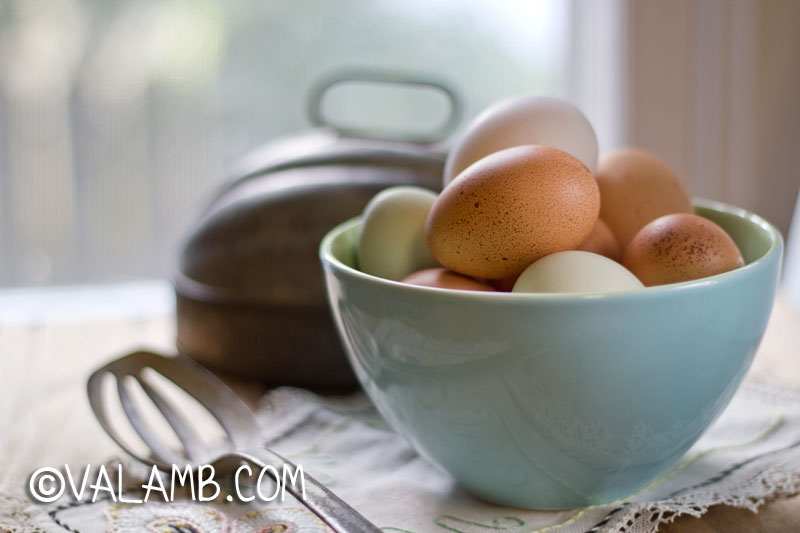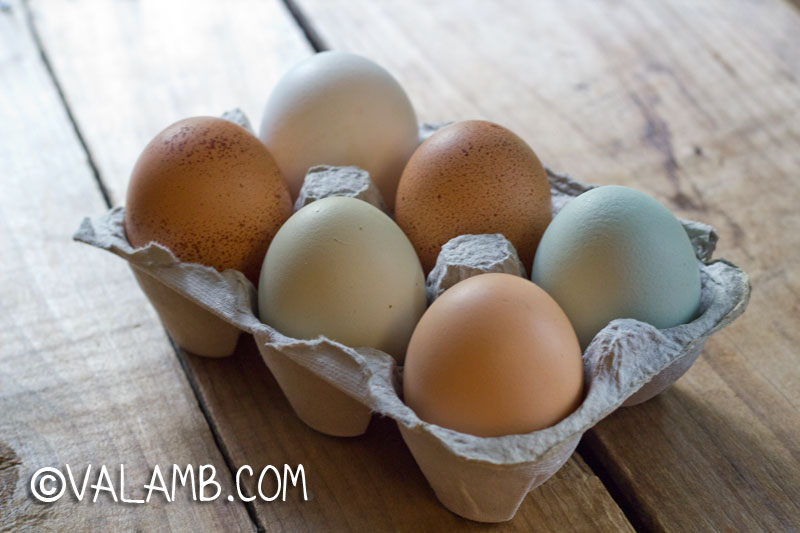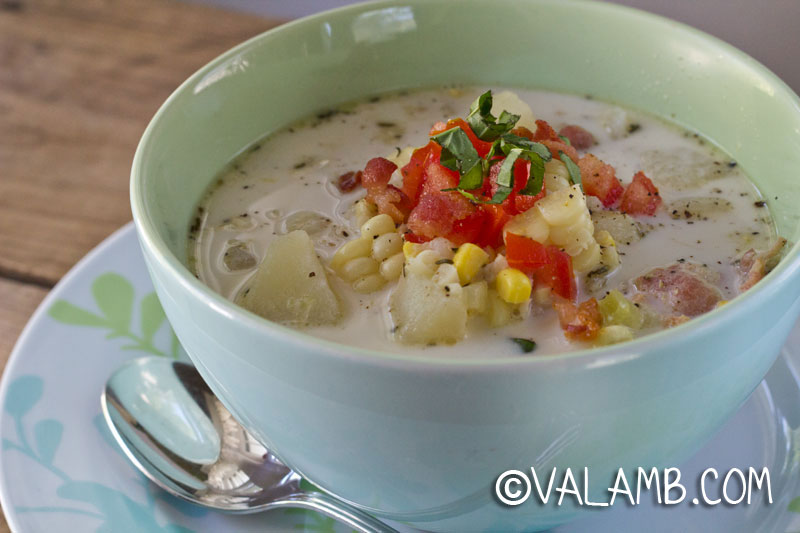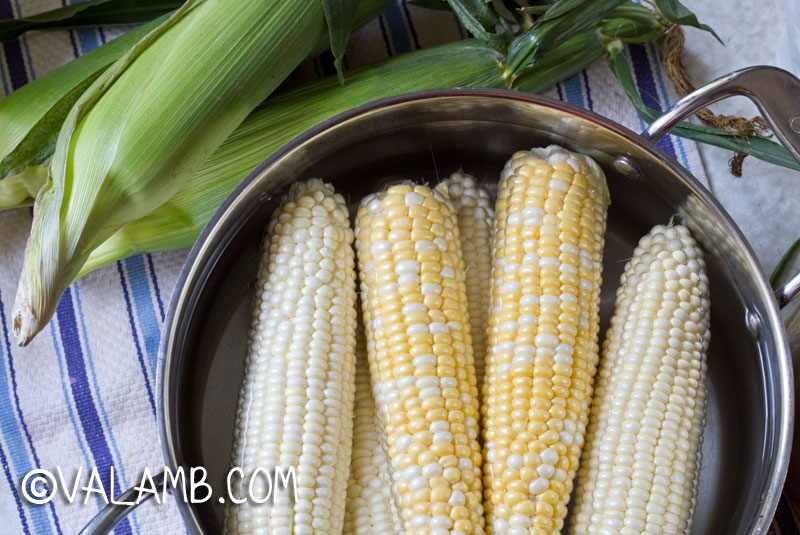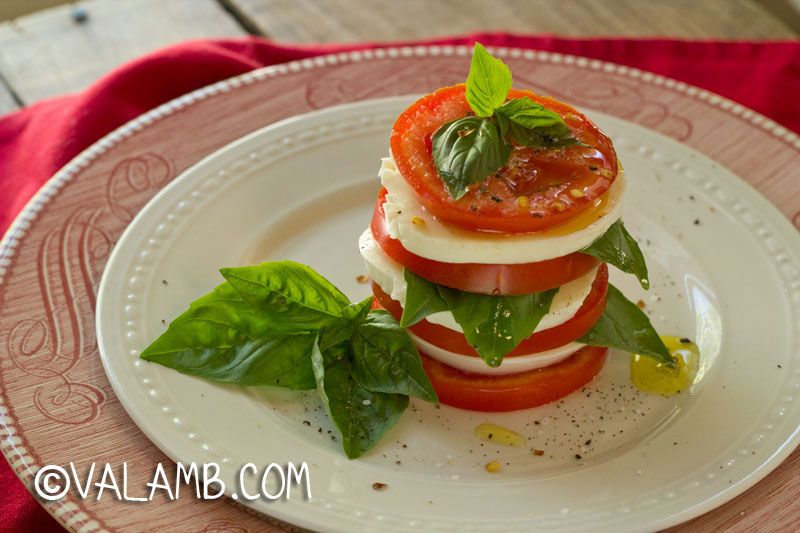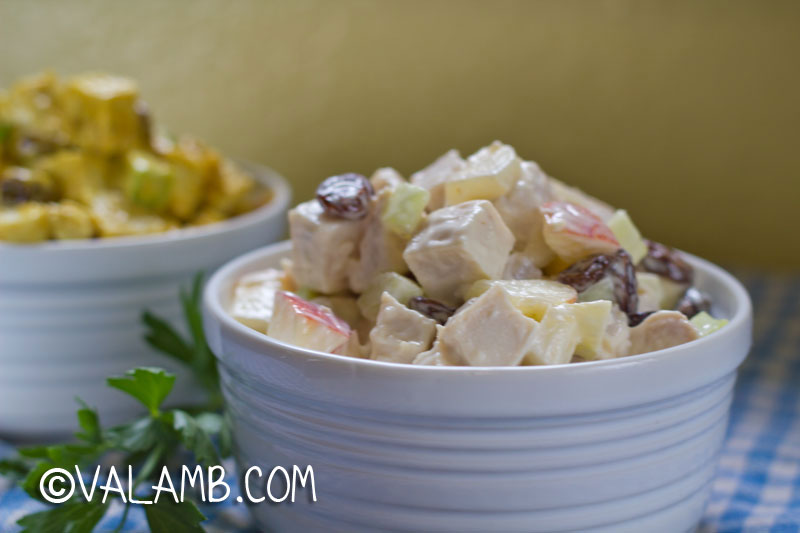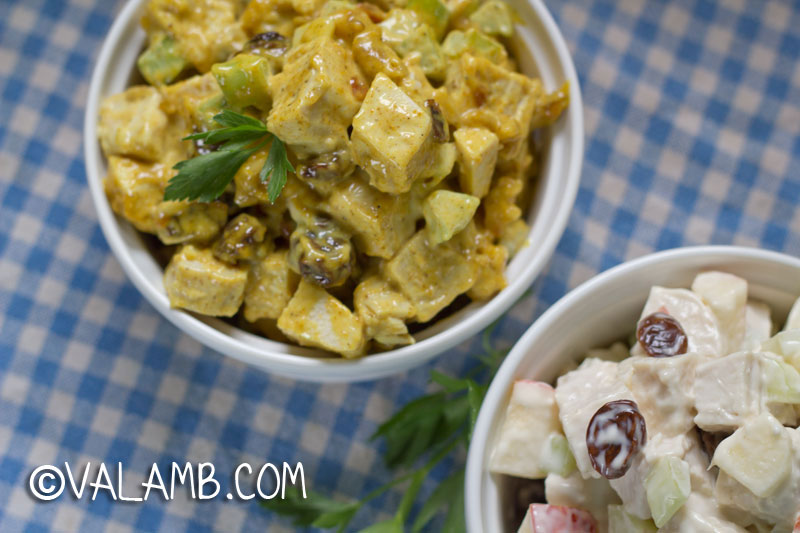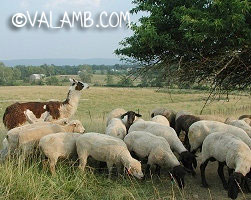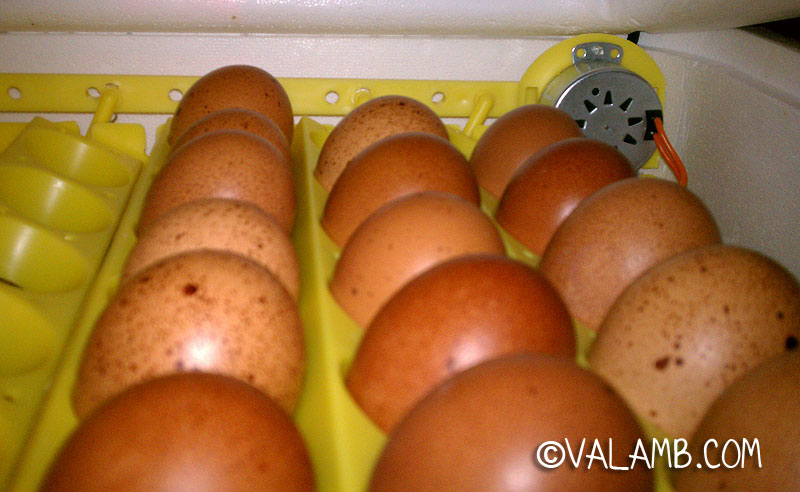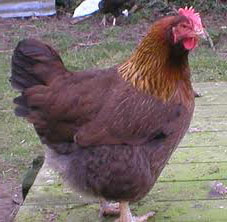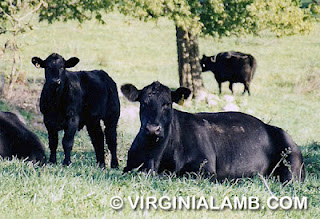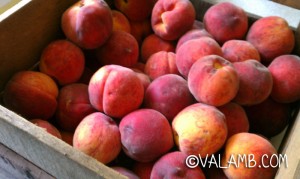 I love this time of year and the ample supply of fresh food off the farm. It begins when asparagus first peaks out of the warming soil and strawberries are begging to be harvested and then continues through dirt grown tomatoes, juicy ripe peaches, and the smells of autumn ushering in the apple harvest.
I love this time of year and the ample supply of fresh food off the farm. It begins when asparagus first peaks out of the warming soil and strawberries are begging to be harvested and then continues through dirt grown tomatoes, juicy ripe peaches, and the smells of autumn ushering in the apple harvest.
Until I break down and finally plant our own small fruit orchard, I am blessed to be spoiled by Emily at Black Rock Orchard. This past Sunday the boys brought home a bushel of gorgeous peaches from the Dupont Circle Farmers Market. So Jordan and I cleared our schedule and spent the day canning peach halves and peach jam. We even had enough to freeze a little peach sorbet.
In my experience, late season cling free peaches make the pretties jars of canned peach halves (and it never fails those gems always ripen to perfection the week of our county fair!).
Whenever I work with a batch of peaches, I always start out making canned peach halves and am ready to adjust to peach jam if I find it difficult to pit the peaches. As I did today.
Canned Peach Halves
Add water to canner, cover, bring to boil. Keep water simmering. Heat jars and lids in hot, not boiling, water until ready to use. (I wash my jars in the dishwasher, timing it so it hits the dry cycle when I am ready for jars. Then I simply dip lids into hot, almost boiling, water I keep simmering on the stove to sterilize.)
In a separate pan, mix together 2 cups of sugar with 4 cups of water to make light syrup. Bring to a low boil and keep warm. Make more as necessary.
Wash and peel fruit. Dip peaches into boiling water and then cold water for easier peeling. Halve and pit peaches. Prepare enough to pack and fill one jar at a time. Add 1 teaspoon of Fruit Fresh per quart.
Cover fruit with syrup leaving 1/2 inch of head room. Clean rim using a clean, damp cloth to remove any syrup. Place lid on jar and apply band. Adjust until fingertip tight. Repeat with remaining fruit.
Add prepared jars of peaches to water bath and process pints for 20 minutes, quarts for 25 minutes. Make sure water covers top of jars by at least 1-2 inches. Remove from water bath and set on counter to cool.
After cooling, test seals by pressing the center of each lid. If lid does not pop up and down it is sealed. If any lids do not seal properly within 24 hours, refrigerate and eat promptly.
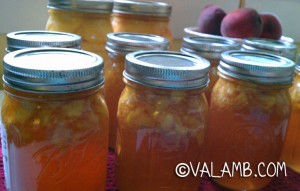 Peach Jam
Peach Jam
- 4 cups peaches, chopped
- 1/3 cup lemon juice
- 7 1/2 cups sugar
- 1 pouch liquid pectin
Add water to canner, cover, bring to boil. Keep water simmering.
Heat jars and lids in hot water until ready to use.
Dip peaches into boiling water and then cold water for easier peeling. Combine 4 cups of chopped peaches (about 9 regular size peaches), lemon juice, and sugar in heavy bottom pan. Mix well. Bring mixture to a full rolling boil (one that cannot be stirred down) over medium heat, stirring frequently.
Add liquid pectin. Continue hard boil for 1 minute. Remove from heat. Skim foam if necessary.
Ladle hot jam into hot jars, leaving ½ inch head room. Clean rim using a clean, damp cloth to remove any jam. Place lids on jars and apply bands. Adjust until fingertip tight.
Add prepared jars of jam to water bath and process for 10 minutes. Make sure water covers top of jars by at least 1-2 inches. Remove from water bath and set on counter to cool.
After cooling, test seals by pressing the center of each lid. If lid does not pop up and down it is sealed. If any lids do not seal properly within 24 hours, refrigerate and eat promptly.
 Peach Sorbet
Peach Sorbet
- 4 lbs of peaches (roughly 15-16 regular size peaches)
- 3 cups simple syrup (see below)
- Juice from two lemons
Dip peaches into boiling water and then cold water for easier peeling. Pit peaches and rough chop. Puree peaches in a food processor or blender. Stir in simple syrup and lemon juice. Taste and adjust to your preference. Freeze in ice cream maker as instructed by manufacturer.
Simple Syrup: 2 cups water + 2 cups sugar. Bring to boil. Let syrup cool before using. Leftover syrup can be stored in glass jar.
Enjoy!

